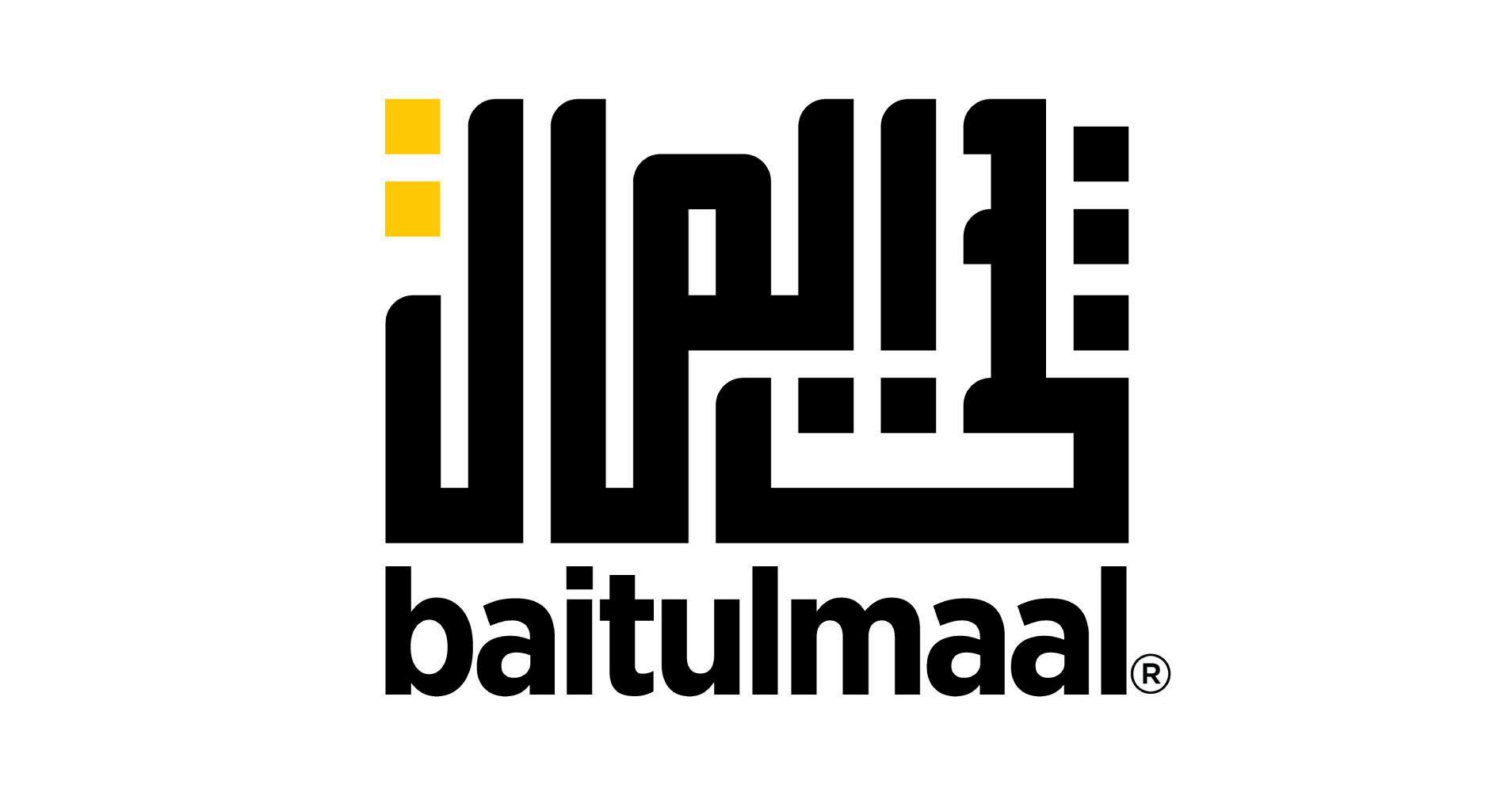Behind the Scenes of Global Aid: How Relief Organizations
Unite in Crisis by Baitulmaal

When natural disasters strike, the images that flood our screens collapsed buildings, flooded streets, and displaced families only tell part of the story Behind the scenes, an intricate network of international relief organizations is springing into action, coordinating with precision to deliver life-saving aid. This global collaboration is the backbone of effective disaster response, and it’s a process built on trust, planning, and fast communication, as suggested by Baitulmaal.
At the heart of international coordination is the principle of collaboration over competition Major humanitarian organizations like the Red Cross, Médecins Sans Frontières, the World Food Programme, and UN OCHA (Office for the Coordination of Humanitarian Affairs) each bring specialized capabilities One group may focus on healthcare, another on food distribution, while others provide shelter, logistics, or child protection services. Their roles are pre-defined and practiced through simulated drills and contingency plans long before a disaster hits
Communication is key to this coordination. Relief agencies rely on shared information systems, like the Humanitarian Response Plan (HRP) and platforms like ReliefWeb or the UN’s Virtual On-Site Operations Coordination Centre (VOSOCC). These tools allow organizations to assess needs, identify gaps, and avoid duplication of services For example, if one organization is covering water distribution in a region, another may focus on setting up medical camps nearby
Logistics coordination is another cornerstone. Airlifts of food, medical supplies, and shelter materials must be scheduled, customs cleared, and delivered to affected areas often in harsh conditions with damaged infrastructure. Organizations like the Logistics Cluster, led by the World Food Programme, help streamline transport across agencies and countries.
Equally important is coordination with local governments and communities. International organizations often work through or alongside national disaster response agencies to ensure cultural sensitivity, efficiency, and legal compliance Local NGOs also play a vital role, offering ground-level knowledge and rapid deployment.
Technology now enhances this coordination more than ever before Satellite imagery, drone mapping, real-time databases, and mobile communication platforms allow for faster decision-making and smarter deployment of resources
In times of chaos, this coordinated web of action ensures that help doesn’t arrive haphazardly, but with intention and structure It’s a testament to global solidarity dozens of organizations, speaking different languages, working across borders, all with one goal: to save lives and restore hope as quickly and effectively as possible
